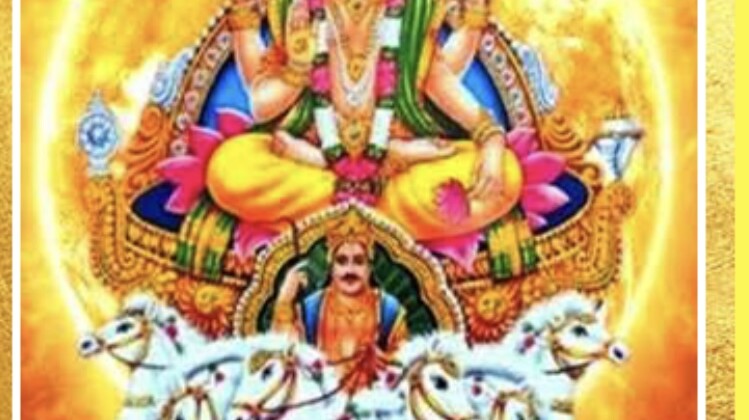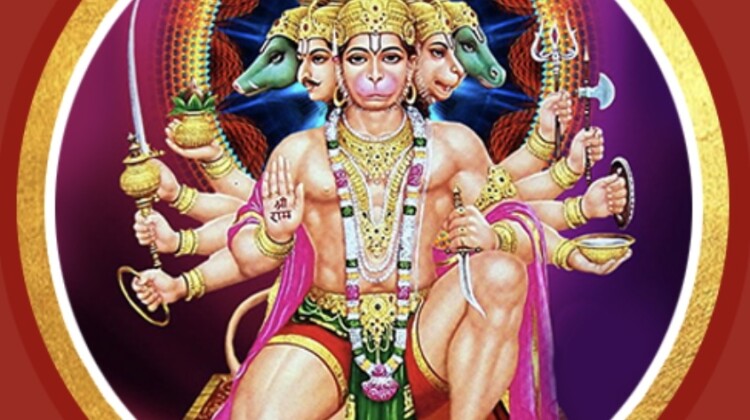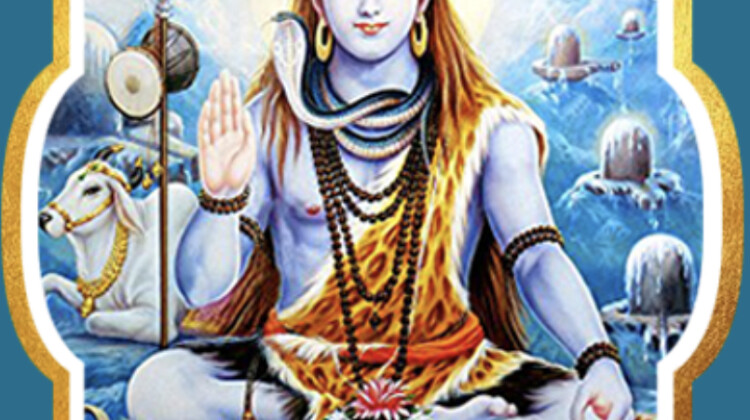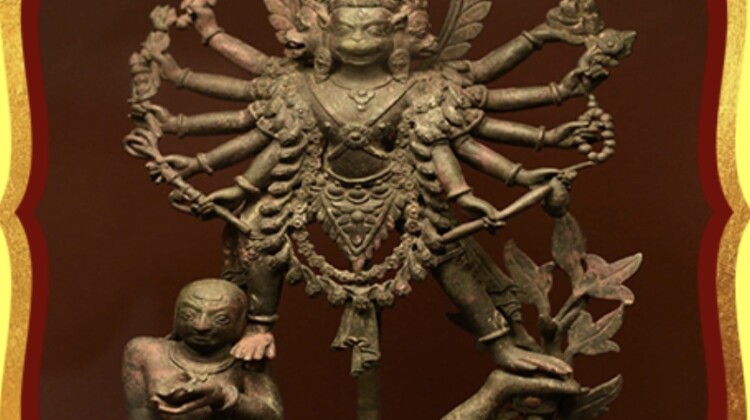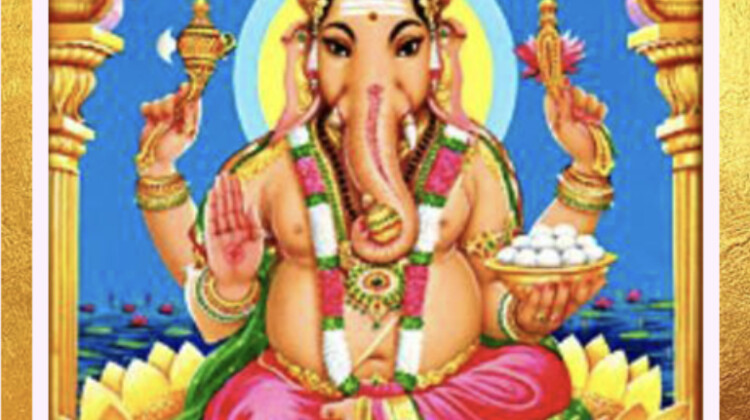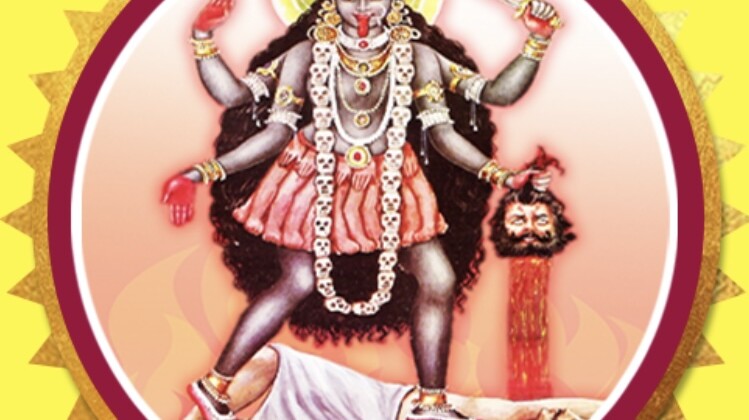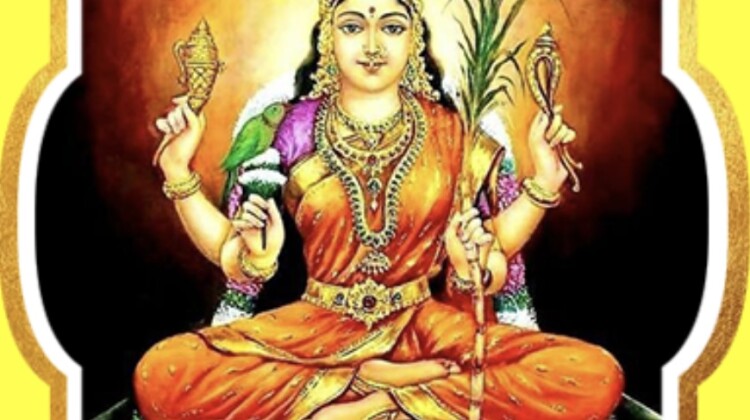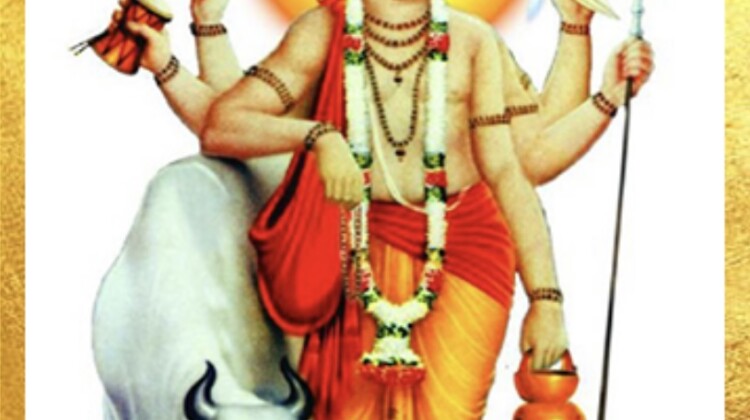In the ancient India, the rishis or sages, who practiced the Vedic faith, pronounced the astrological principles called Jyotisa, which is popularly known as Vedic Astrology. Considering its ancientness and sheer vastness, Jyotisa is believed by some to be the origin of other traditions of astrology such as Zorastrians, Greeks, and so on. Like any other modern astrology, the future of any born soul or event can be predicted through Jyotisa or Vedic Astrology.
The principles of Jyotisa has been clearly pronounced by the rishis in various ancient texts, such as the Vedas, Puranas, Nadi, Sastras, and Sutras. The Jyotisa Sastra is attributed to eighteen primary rishis, namely: Sūrya, Pitamaha (Brahmā), Manu, Nārada, Marici, Kaśyapa, Vaśistha, Parāśara, Vyāsa, Atri, Añgirāsa, Garga, Bhrgu, Lomaśa, Chyavana, Śaunaka, Pauliśa and Yavana. These same rishis are also the authors of the scared Indian texts such as the Vedas, Puranas, and Vedanta.
The Vedas extensively mention Jyotisa, in which Navagraha or the nine orbital bodies is explained, and the names of the different forms(seven, eight and twelve) of Sun as the sun-signs are clearly spelled out. Also, the Vedas elaborately mentions about Nakshatra (constellations). The principles(Sastra) of Jyotisa are extensively stated and referred in Agni Purana, Garuda Purana, and Narada Purana, whereas the other aspects of Jyotisa such as Nakṣatra, Rāśi and their effects are mentioned in other puranas.
Guidelines to subdue the negative effects of the orbital positions and strengthen the auspicious aspects of a soul can be found in the Vedas and Puranas. This is achieved by diligently employing different techniques such as Mantra(mediation and recitation), Tantra( spiritual rites, gemology and colour therapy) and Yantra(energised instruments to safeguard a soul by overpowering negatives). Thus, the subjects of Mantra, Tantra and Yantra are brought under Jyotisa.
Moreover, Jyotisa is not just the principles of interpreting orbital placements but comprises of a greater science in itself. There are three main divisions of Jyotisa: Ganita (mathematics and astronomy), Samhita (palmistry, collective interpretation of omens, celestial and geographical events) and Horā (interpretive principles). Though it is clear from the divisions that some aspects of Jyotisa has scientific basis, labeling Jyotisa as purely scientific limits the scope to which it is applied; therefore, it is better not to classify it as pure science. Nowadays, only the Hora part of Jyotisa is mostly practiced by the practitioners of Vedic Astrology.
What eyes are to the body, Jyotisa is to the Vedas, as it guides the seeker to find God, which is the ultimate goal of the Vedas. In the beginning, Jyotisa was used as a tool to predict the most auspicious time for commencing any event, thereby the best possible outcome was ensured. Later, it was also applied to the interpretation of a person’s birth, which marked the beginning of a soul’s independent existence in this world. The events happening at the birth and the positions of the planets and stars of the birth chart will disclose the quality of the life that will be experienced by the person. Traditionally, Jyotisa comprises the study of nine orbiting bodies called Graha, which constitutes five planets((Mars, Mercury, Jupiter, Venus and Saturn), two luminaries (Sun and Moon) and two nodes of the Moon (north and south node). The effects of planets beyond the orbit of Saturn are not taken into consideration because only the aforementioned five planets preside over the five elements: Earth (solid), Water (liquid), Fire (energy), Air (gas) and Ether (space/vacuum). A few modern practitioners of Jyotisa incorporate planets beyond the orbit of Saturn; however, this is not accepted by the traditional literature.
As per Vedic literature, the names of the Graha from the Sun to the south node are: Sūrya, Chandra, Mangala, Budha, Guru, Śukra, Śaniścara, Rāhu and Ketu. Sometimes to depict certain states or dignities of the Grahas, various other names also exist. For example, when Venus is strong and well placed, it is named as Bhrgu.
Jyotisa also includes twelve sun-signs commonly known as ‘Zodiac.’ During the sun’s 360 degree orbit, twelve full moons occur, leaving twelve equal portions in a circle. Only based on this principle the sun-signs are formed and are depicted as various animals or beings, as follows: Aries, Taurus, Gemini, Cancer, Leo, Virgo, Libra, Scorpio, Sagittarius, Capricorn, Aquarius and Pisces. The Vedic literature terms them as Mesa, Vrsabha, Mithuna, Karkataka, Simha, Kanya, Thula, Vrschika, Dhanus, Makara, Kumbha and Mīna, in that order. Similar to Grahas, different names for them do exist to ascribe certain states or dignities.
The birth chart is drawn considering the movement of the nine graha and ascendant(lagna) at the time of birth. The first sign begins 180 degrees opposite to the star Chitrā, which is the equivalent to the star Spica. What is known as the first house is nothing but the sign where the ascendant is placed. The houses are drawn using two traditional methods. One method considers the entire sign as one house. So the borders of the signs are considered to the equivalent of the houses. In the other method, which is also applied to the degree of moon, the houses are drawn fifteen degrees before and after the ascendant degree. Similarly, the spans of the other houses are drawn with each house always having thirty degrees in span. Depending upon the circumstances and contexts, these both methods of drawing the houses are applied.
Apart from sticking to the orbital placements of the Graha, Jyotisa also includes the Vedic Calendar, where the Vedic weekday or Vara is part of the method of interpretation. With the Vedic Astronomical literature or Siddhānta, one can calculate the day of the week since the beginning of the world’s existence. The Vedic weekday is presided over by the Grahas and is similar to our present seven-day week system except that the first day of the week is always Sunday. The days are: Sunday (Sun), Monday (Moon), Tuesday (Mars), Wednesday (Mercury), Thursday (Jupiter), Friday (Venus) and Saturday (Saturn). However, there is no link in the Siddhānta literature for the link between the day of the week and the orbit of the Grahas.
Pancanga or the five-fold calendar system is calculated considering the weekday and four other methods of deciding the quality of time based on the astronomical placements of the Graha. The five divisions of Pancanga are: Vāra (weekday), Nakṣatra (Moon’s Naksatra), Tithi (angular difference between the Sun and Moon), Karana (half of Tithi), and Yoga (degrees of Sun and Moon added to the Naksatra of Pusya).
A qualified Jyotisa practitioner will be able to discern the life of a person and make predictions by considering the various above mentioned aspects of Jyotisa, and also will be able to draw many more special analysis by calculating several other mathematical points, including: Vargas (divisional charts), Astakavarga, Upagraha, Praharapati, Yamapati, Yamārdhapati, Dandapati, Kāla, Horā, Arudha, Varnada, Viśesa Lagna, etc.,
If you think a Jyotisa practitioner will be able to predict the past, present and future of only an individual person, think again! A qualified Jyotisa practitioner will ably predict the past, present, and future of animals, organisations and also non-living objects. He will also be able to advise remedies and solutions to overcome bad karma and strengthen good karma. So that you will be able to know and also achieve the goal of your life.









